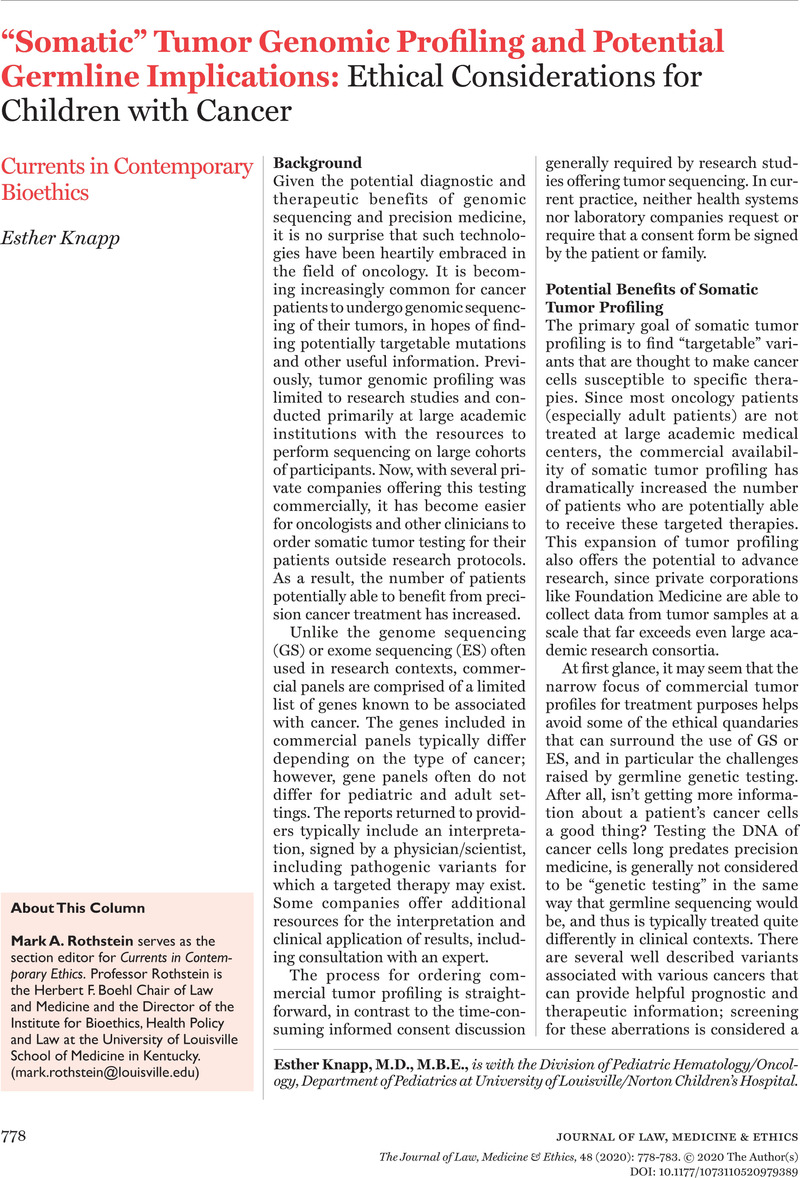Crossref Citations
This article has been cited by the following publications. This list is generated based on data provided by Crossref.
Benedetti, Daniel J.
Marron, Jonathan M.
Thomas, Stefanie M.
Brown, Amy E. Caruso
Pyke‐Grimm, Kimberly A.
Johnson, Liza‐Marie
Unguru, Yoram
and
Kodish, Eric
2023.
The role of ethicists in pediatric hematology/oncology: Current status and future needs.
Pediatric Blood & Cancer,
Vol. 70,
Issue. 2,



